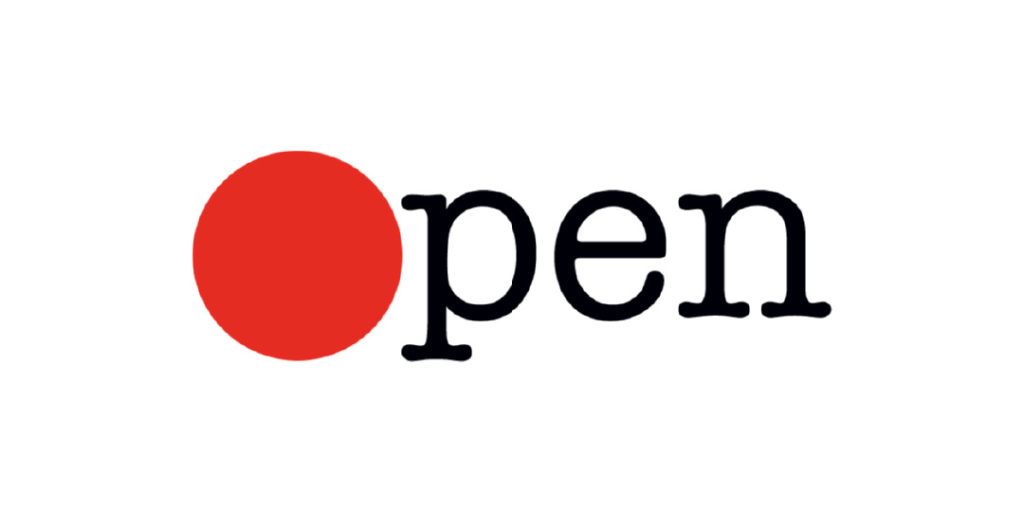By Minal D’Rozario and Mayur Milan, Directors
If you have been living under a rock or do not have access to social media, you may have missed the discussion on what matters and what does not. But the social commentary currently on, made us sit up and think about what truly matters at work?
As entrepreneurs it brought us to re-think; how we could have or may have missed the ‘small things’ during the pursuit of achieving the business goals and aligned it with overcoming responsibilities. The need for ‘conscious listening and observing’ as leaders has become a compelling trait as it matters to all connected. Having built a company from scratch, this episode gave us a sense of Deja vu and probed us to relive and evaluate our experiences and find out what truly matters at an organizational level.
Demonstration Matters: The current pandemic has made us realize that words with no demonstration of ‘things’ said to guide and inspire, become inconsequential. To bring a cultural change in organizations, as leaders if you are not playing a pivotal role of participation it does not translate to the people who are your most important brand advocates. From small lunch discussions to taking care of them after work and remembering things they like, these are all a small part of the grand vision, but they are so valuable.
Acceptance Matters: Hardships in business scenarios take a toll on a lot of entrepreneurs. But if we as leaders do not accept the gaps and mistakes that we have committed, it creates a visible cultural gap which people would avoid being part of. It is human to make mistakes and it is also human to accept them. This does not imply to the leaders alone but applies to everyone in the organization. Acceptance should build great relationships, not bring upon judgments.
Consistency Matters: We are running an engine towards a destination, and it needs regular fuel and a maintained path to get where it needs to reach. Organizational culture is much like that. It is not about the current needs, but the identification of core values and continuous evolution rather than what written in stone dictates.
Freedom Matters: Yes, we all agree that failure is the biggest lesson. But more than that, the freedom to take risks and rise from some of those mistakes, should be ingrained in the overall culture. We aspire to build a team with entrepreneurial spirit and ownerships which is not possible with micromanagement and lack of personalization. More so, a suffocating environment where the freedom to demand ratio is skewed leads to a stressful and a toxic environment.
Bottom Line Matters: The correlation of money to culture is always debated with some discomfort. But the objectivity of business and the subjectivity of culture should co-relate on some common attributes as one without the other is possible, but the journey is much harder. A common understanding of this amongst all stakeholders, makes the equation work in some magical ways.
Communication Matters: It is not a job done until it is communicated clearly and with a level of empathy and authenticity. Bridging the message to actions is a stepwise process as it gets overwhelming for the receiver. The ability to assess the ‘intent’ and ‘impact’ makes it a good start in understanding the approach to convey a message.
We surely did not use the word matters as much as we did now, in our journey of 9 years of the company’s cultural focus. Today, we are managing cultural engagement internally, and for some of our customers. If organizations are still oblivious to the areas which are unique to their cultural values and business vision, then they should start bracing themselves as ‘things do matter’ and it ends there.








